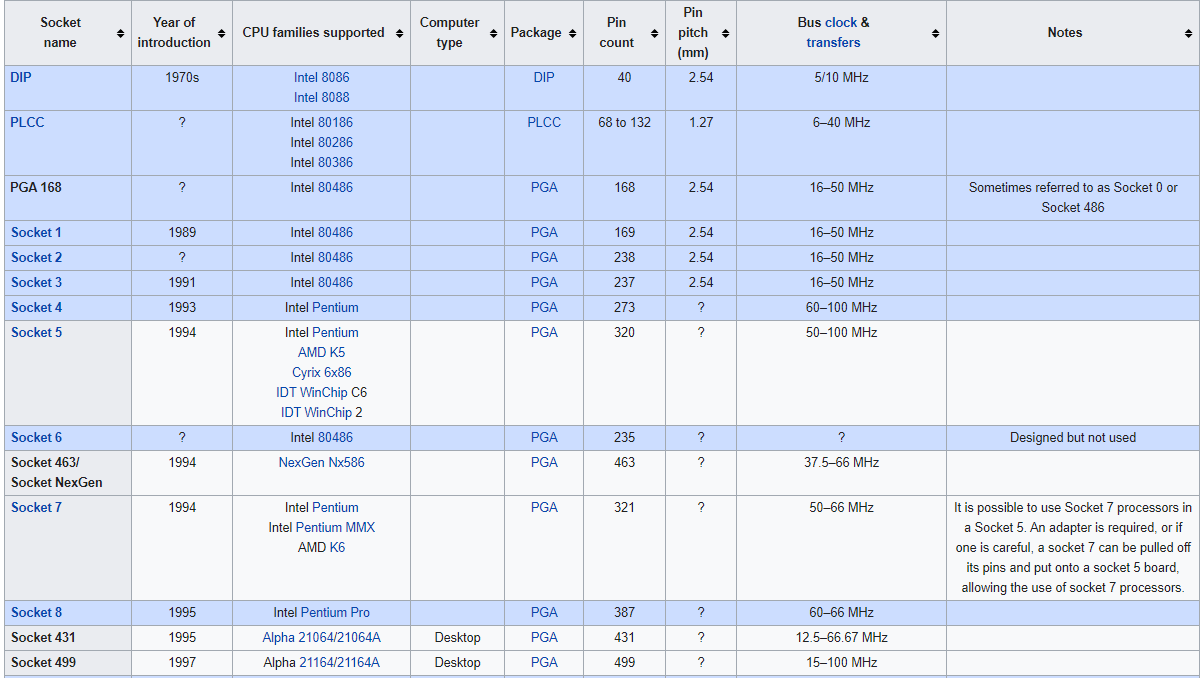Can you put any CPU in any motherboard? The short answer is that you can’t do that. In this post, MiniTool Partition Wizard explains why you can’t do that and briefly mentions the CPU and motherboard upgrade.
You Can’t Put Any CPU in Any Motherboard
When your computer goes slow or you want to run a game on your computer, you may consider upgrading to a powerful CPU. If so, the question like “Can you put any CPU in any motherboard” or “what CPUs are compatible with my motherboard” should not be neglected.
The answer to the first question is that you can’t put any CPU in any motherboard. Why? Keep reading and you will figure out the reasons and the answer to the second question.
The Top Factor – Socket Type Compatibility
The number one factor is the socket type of the motherboard. The socket type is defined by number and name, something like “Socket 775”.

Earlier CPU sockets were more flexible, with several different sockets working with the same processor, while the new processor only fit into one socket type.
Additionally, AMD and Intel use different sockets and this means you can’t install an Intel CPU in an AMD motherboard, or vice versa.
Lastly, not all CPUs from the same manufactures use the same socket.
To check the socket type of your motherboard, you can try the following ways:
- Check your motherboard’s document;
- Find your motherboard model number and then look it up online.
- Remove the old processer from your motherboard and take it to a computer specialty. The technicians should be able to tell you what socket type it is.
After you figure out the socket type of your motherboard, you should go on checking other potential incompatibilities to make sure the new processer can work on your motherboard. What are they? Keep reading.
The Second Factor – RAM Compatibility
Typically, CPUs are optimized to work with one type of memory (RAM) and you cannot mix them on a motherboard. Generally, older computers use Double Data Rate memory and newer computers adopt Double Data Rate 3 memory.
Further reading:
Double Data Rate (DDR) is used in conjunction with microprocessors to transfer data between CPU and the northbridge, which is one of the two chips in the core logic chipset.
Double Data Rate 2 (DDR2) is an improved version of DDR memory. This version is faster and more efficient.
Double Data Rate 3 (DDR3) comes with a high bandwidth interface and has been in use since 2007. This version boasts higher speed and it is neither forward nor backward compatible with ant earlier type of RAM because of different signaling voltages, timings, and other factors.
The Third Factor – Chipset Compatibility
The chipset on a motherboard consists of two basic parts – the northbridge and the southbridge. The northbridge connects directly to the CPU via the front side bus (FSB). A memory controller is placed on the part, which gives the CPU fast access to the memory. The southbridge is slower than the northbridge, and information from the CPU has to go through the northbridge before reaching the southbridge.
All of the various components of the computer communicate with the CPU through the chipset. If the motherboard chipset cannot transfer information between the CPU and the memory at the speed of the new CPU, the CPU is unable to play its due role and you will not benefit from the new CPU’s additional speed. Therefore, when you get a faster CPU, the supporting features on the motherboard need to speed up.
Now, you might have understood why you can’t put any CPU in any motherboard.
Bonus: Upgrade Your CPU or Motherboard
If your computer is old and you want to install a new processor, there is a high possibility that the sockets will not match. In this situation, you may consider purchasing a new motherboard along with your new processor, which will make things a lot easier.
If your computer is new, you can pick up a new compatible CPU for your motherboard and then upgrade to the new CPU (you can also click this link to see how to upgrade motherboard).
Bottom Line
Can you put any CPU in any motherboard? How do you know what CPU is compatible with your motherboard? I hope you have gotten the answers to these two questions from the post. If there is something I leave out, please leave your question in the following comment zone and I will reply to you ASAP.

User Comments :